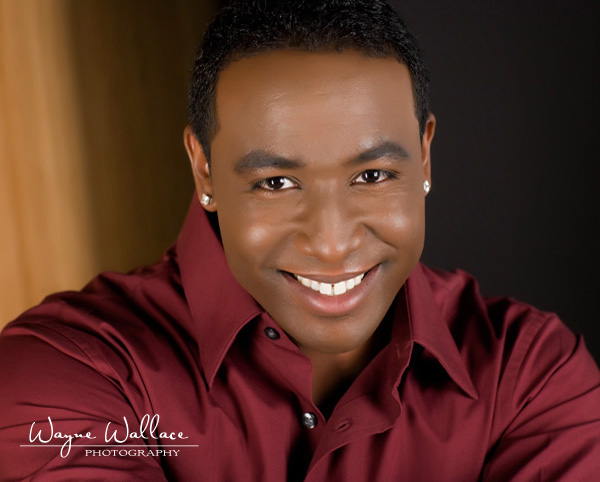Ideally, you should try to do what is called a head shot of all your 'major' actors (who either appear in the majority of your film and/or have lines of dialogue). The following extract is taken from Wikipedia as some guidance of taking a head shot, and is followed by some examples of different head shots:
Theater, film, and television actors, models, singers, and other entertainers often are required to include a head shot, along with their resume, when applying for a job. These head shots are usually more artistic, intended to portray the subject in the best possible light. They often have the subject facing off-centre. A performer will often have head shots expressing different poses and expressions to give a potential employer an idea of the subject's range of appearances or expressions. Those types of head shots are called "looks." The headshots that include a person’s shoulders are called "three quarter" shots.
Actor's headshots, when printed and not simply uploaded online to an industry database, are done in an 8×10" format. Other promotional images, e.g., press shots and lobby prints, may be in many different aspect ratios. Acting headshots are usually 8×10" prints. Acting headshots are often not photographic prints but will be printed via a lithographic process or the laser process.
The main purpose of an actor's head shot is identification. Therefore the most important feature of an actor's headshot is that it looks like the subject. Actor's head shots should be clear; theatrical headshots are usually very "neutral" looking shots of the actor clearly showing his facial features.
There are a few types of Headshots:
Commercial – typically (not always) has the person smiling and projects warmth and friendliness.
Theatrical – usually serious, focused and actors are not smiling.
Glamour – More artistic and idealized images.
Headshots are intended to show a person as she is currently (age, look, style, etc.) and reflect her best qualities. Therefore, if an actor's hair is recently cut or coloured, she might then need a new headshot to reflect the new image of herself.
Actor's headshots, when printed and not simply uploaded online to an industry database, are done in an 8×10" format. Other promotional images, e.g., press shots and lobby prints, may be in many different aspect ratios. Acting headshots are usually 8×10" prints. Acting headshots are often not photographic prints but will be printed via a lithographic process or the laser process.
The main purpose of an actor's head shot is identification. Therefore the most important feature of an actor's headshot is that it looks like the subject. Actor's head shots should be clear; theatrical headshots are usually very "neutral" looking shots of the actor clearly showing his facial features.
There are a few types of Headshots:
Commercial – typically (not always) has the person smiling and projects warmth and friendliness.
Theatrical – usually serious, focused and actors are not smiling.
Glamour – More artistic and idealized images.
Headshots are intended to show a person as she is currently (age, look, style, etc.) and reflect her best qualities. Therefore, if an actor's hair is recently cut or coloured, she might then need a new headshot to reflect the new image of herself.
You should try to briefly contextualise your pictures with one or two reasons why you chose these actors- are they similar to your characters in real life? Are they drama students? Is it a practical consideration (i.e. you are in the group and so understand the project better)?










0 comments:
Post a Comment